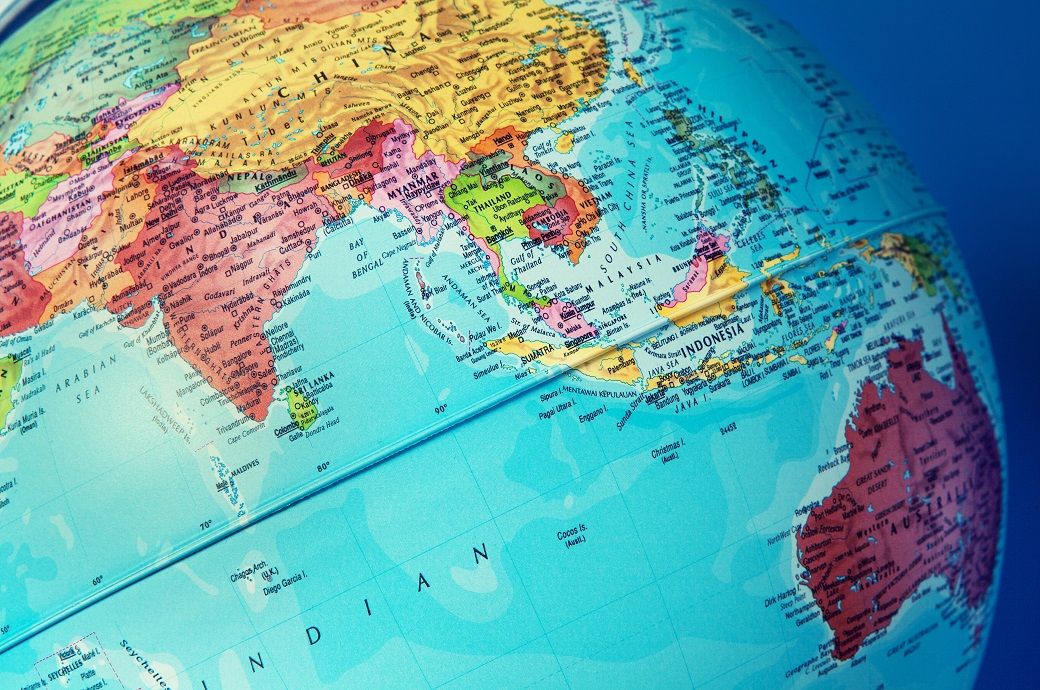South Asia's growth outlook robust yet vulnerable, says World Bank

Insights
- World Bank reports strong but fragile economic growth in South Asia, forecasting a 6.0 per cent rise in 2024, predominantly led by India.
- Despite being the fastest-growing region, challenges like inadequate job creation and climate vulnerabilities loom large.
- The region's employment rates lag.
- Recommendations include enhancing trade and investment.
The World Bank's biannual regional outlook, titled ‘Jobs for Resilience’, underscores South Asia's position as the world's fastest-growing region, with a projected growth rate of 6.1 per cent in 2025. However, the report casts a shadow of concern over the sustainability of this growth, pointing to below pre-pandemic levels of economic expansion in most countries, a reliance on public expenditure, and a deceleration in private investment across the region.
The report raises alarms over the region's job creation pace, which lags behind the rapid growth of its working-age population. Martin Raiser, the World Bank's vice president for South Asia, emphasised the need for policies that foster private investment and job growth to counteract the vulnerabilities posed by fiscal fragility and climate-related shocks.
A notable concern is the underutilisation of the demographic dividend in South Asia. The employment ratio in the region stands at a worrying 59 per cent, compared to 70 per cent in other emerging markets and developing economies. The decline in employment among working-age individuals, particularly men, and the low employment rate among women, spotlight the region's failure to fully harness its labour potential.
Franziska Ohnsorge, the World Bank's chief economist for South Asia, highlighted the missed opportunities due to the region's employment trends. She estimated that aligning South Asia's employment rates with those of other regions could boost its output by 16 per cent.
The World Bank's recommendations for fostering firm growth and employment include increasing trade openness, improving access to finance, enhancing business climates, easing financial sector restrictions, and promoting education and gender equality in the workforce. These measures are pivotal not just for job creation but also for equipping households to adapt to climate change.
Country-specific outlooks reveal varying growth projections, with India leading at a 7.5 per cent growth rate in FY23-24, followed by steady growth across Bangladesh, Bhutan, the Maldives, Nepal, Pakistan, and Sri Lanka. Each country faces its unique set of challenges, from inflation and trade restrictions to sector-specific recoveries and the need for economic diversification.
Fibre2Fashion News Desk (KD)
































-Ltd..jpg?tr=w-120,h-60,c-at_max,cm-pad_resize,bg-ffffff)





.jpg?tr=w-120,h-60,c-at_max,cm-pad_resize,bg-ffffff)
.jpg?tr=w-120,h-60,c-at_max,cm-pad_resize,bg-ffffff)






